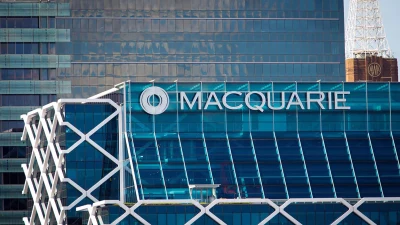EM infrastructure attractive for investors


Emerging market (EM) infrastructure equity returns are significantly higher and offer investors rare opportunities, according to RARE Infrastructure.
The firm’s research of listed infrastructure covering the ten-year period found that while the value of EM infrastructure was expected to exceed developed market (DM) infrastructure by 2030, the annualised total return – dividends plus share price growth – of EM utilities was 9.62 per cent per annum versus 7.74 per cent per annum for DM utilities.
Additionally, according to RARE’s portfolio manager Charles Hamieh, the weighted average annualised price return (share price change) during this period favoured EM utilities 5.27 per cent per annum compared to 3.24 per cent per annum, “making EM the clear winner in total return terms”.
“If the end investor also seeks lower volatility for their investments, then regulated infrastructure companies in developed markets (DM), with tried and tested regulation, may suit even better,” he said.
“Proven regulation is more commonly found in developed markets for infrastructure stocks such as water, gas and electricity.
“As such, creating a portfolio of developed marker infrastructure companies chosen for their likelihood of offering sustainable growth in income and capital is logical.”
He stressed that another positive factor in relation to EM infrastructure was comparative economic growth rates of EM economies versus DM economies, with the International Monetary Fund (IMF) expecting the gross domestic product of EM countries to rise from 4.7 per cent in 2017 to five per cent in 2019.
“The two offsetting factors when considering the attractions of EM infrastructure investing are potential currency fluctuations and potentially higher volatility of EM infrastructure stocks versus their DM counterparts.”
Recommended for you
Lonsec and SQM Research have highlighted manager selection as a crucial risk for financial advisers when it comes to private market investments, particularly due to the clear performance dispersion.
Macquarie Asset Management has indicated its desire to commit the fast-growing wealth business in Australia by divesting part of its public investment business to Japanese investment bank Nomura.
Australia’s “sophisticated” financial services industry is a magnet for offshore fund managers, according to a global firm.
The latest Morningstar asset manager survey believes ETF providers are likely to retain the market share they have gained from active managers.















